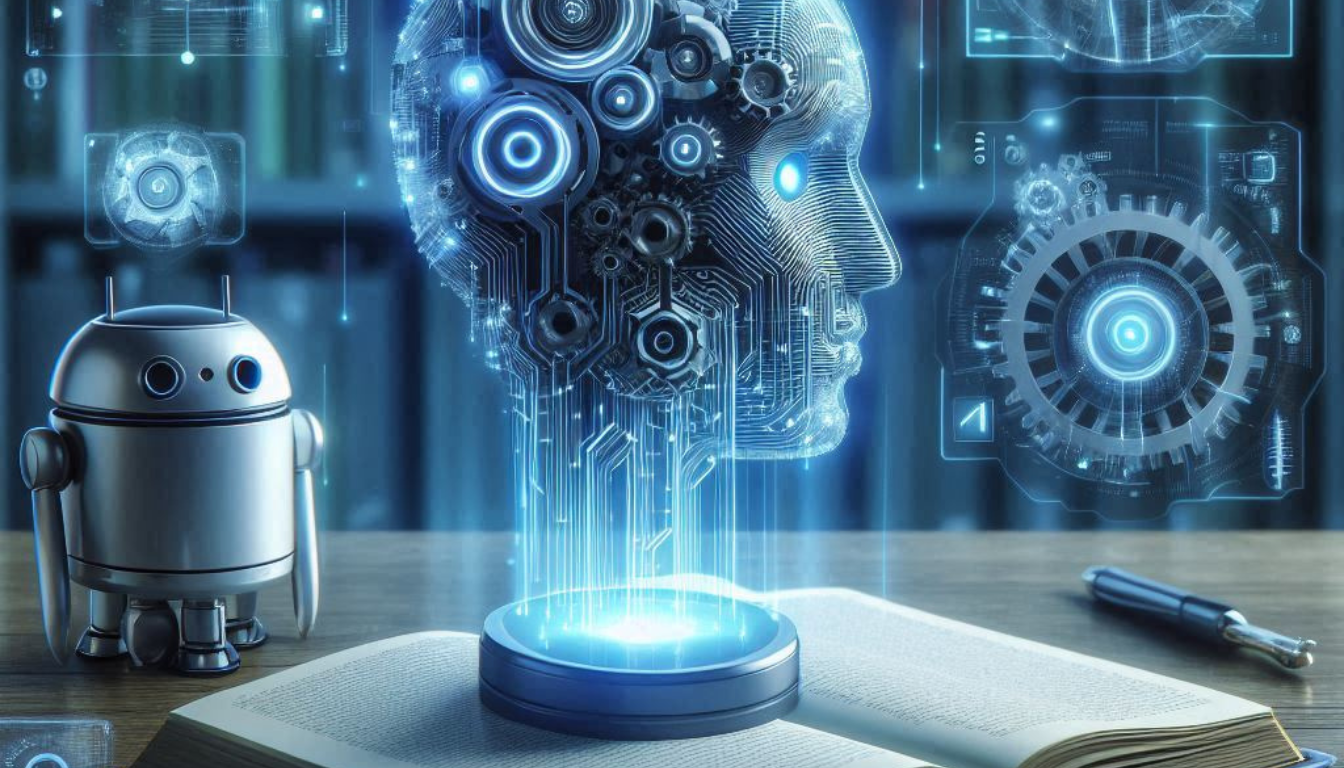Machine Learning Frameworks: Top 5 Options for AI Development in 2024

Machine learning frameworks are powerful tools that help developers create and deploy AI models. These frameworks simplify complex tasks and speed up the development process. Machine learning frameworks are software libraries that provide pre-built components for designing, training, and evaluating machine learning models.

Popular frameworks like TensorFlow and PyTorch offer intuitive APIs and extensive resources. They allow developers to focus on solving problems rather than building everything from scratch. This makes machine learning more accessible to a wider range of people and industries.
As AI continues to grow, these frameworks play a crucial role in advancing the field. They enable faster innovation and help bring AI solutions to real-world problems. From healthcare to finance, machine learning frameworks are driving progress across many sectors.
Key Takeaways
- ML frameworks simplify the process of building and deploying AI models
- Popular frameworks offer pre-built components and extensive resources
- These tools are driving innovation and practical applications across industries
Overview of Machine Learning Frameworks

Machine learning frameworks provide tools and libraries for building AI models. They simplify complex tasks and boost productivity for data scientists and developers.
Popular Frameworks in Python
Python-based machine learning frameworks are widely used in the industry. TensorFlow, created by Google, excels in large-scale deployments and mobile applications. It offers a flexible ecosystem for deep learning tasks.
PyTorch, developed by Facebook, is known for its dynamic computational graphs. This feature makes it popular for research and prototyping. It has gained traction in academic settings.
Scikit-learn focuses on classical machine learning algorithms. It’s user-friendly and integrates well with other Python libraries. Many data scientists use it for quick model development.
Keras serves as a high-level API. It can run on top of TensorFlow, offering a more intuitive interface. Keras is great for beginners and rapid prototyping.
Evolving Trends in Frameworks
Machine learning frameworks are adapting to new challenges. Cloud integration is becoming standard. This allows for easier scaling and deployment of models.
Edge computing support is growing. Frameworks now offer tools to run models on mobile and IoT devices. This trend enables AI applications with lower latency and better privacy.
AutoML features are being built into frameworks. These tools automate model selection and hyperparameter tuning. They make machine learning more accessible to non-experts.
Interoperability between frameworks is improving. ONNX (Open Neural Network Exchange) allows models to be moved between different frameworks. This flexibility gives developers more options in their workflows.
Applications of Machine Learning Frameworks
Machine learning frameworks enable powerful applications across industries. They boost automation and strengthen cybersecurity through advanced data analysis and pattern recognition.
Machine Learning in Automation
Machine learning frameworks drive automation in manufacturing, logistics, and business processes. In factories, ML models detect defects on production lines with greater accuracy than human inspectors. This improves quality control and reduces waste.
Self-driving cars use ML to navigate roads safely. The models process sensor data to identify objects and predict their movements in real-time. This allows autonomous vehicles to make split-second driving decisions.
In business, ML automates tedious tasks like data entry and customer service inquiries. Chatbots powered by natural language processing handle basic customer questions. This frees up human agents to focus on more complex issues.
Machine Learning in Cybersecurity
Cybersecurity benefits greatly from machine learning frameworks. ML models analyze network traffic patterns to spot anomalies that may indicate a cyber attack. This helps security teams respond to threats faster.
ML-powered systems detect and block malware more effectively than traditional signature-based methods. The models learn to identify malicious code based on its behavior, not just its structure. This catches new and evolving threats.
Fraud detection in financial services relies heavily on machine learning. ML models flag suspicious transactions by comparing them to historical patterns of fraudulent activity. This protects customers and reduces financial losses for banks.
Ethical and Responsible AI
AI and machine learning raise important ethical concerns. Companies need to address these issues and promote responsible AI practices. This helps build trust and ensure AI benefits society.
Addressing Ethical Concerns
Ethical principles in machine learning are crucial as AI impacts many aspects of life. Key concerns include bias, privacy, and transparency. AI systems can perpetuate unfair biases if not carefully designed. They may also compromise personal data.
To tackle these issues, companies should:
• Audit datasets and algorithms for bias • Use diverse teams to develop AI • Protect user privacy and data • Make AI decision-making explainable
Ongoing monitoring is vital. AI systems need regular testing to catch new biases or issues that may emerge over time.
Promoting Responsible AI
Responsible AI practices help ensure AI benefits society. This includes setting up governance structures and ethical guidelines. Companies should create AI ethics boards to review projects.
Accountability is key for responsible AI. Firms must take responsibility for their AI systems’ impacts. This means:
• Documenting AI development processes • Testing AI thoroughly before deployment • Having plans to address issues that arise
Educating employees on AI ethics is also important. This builds a culture of responsible innovation throughout the organization.






